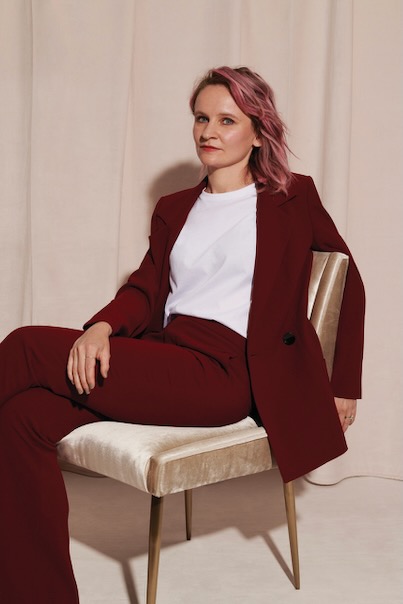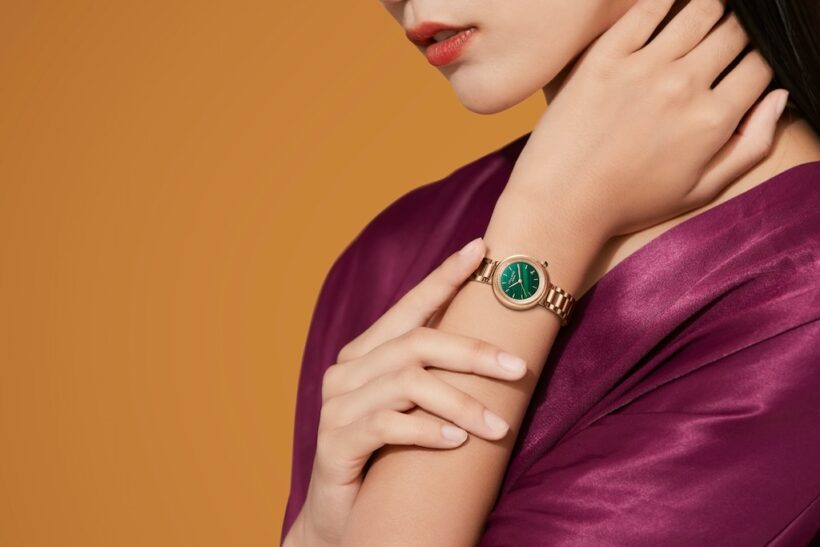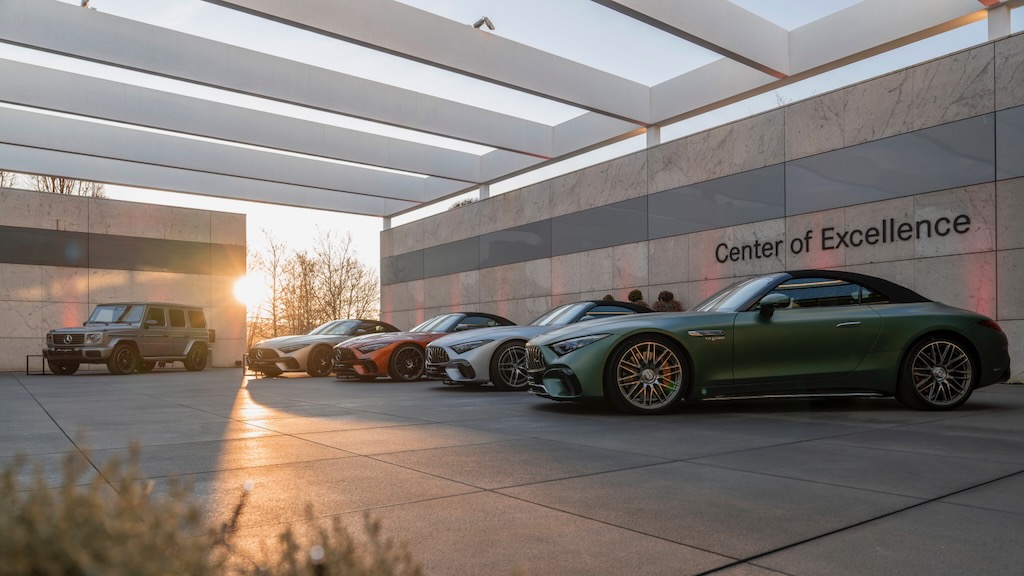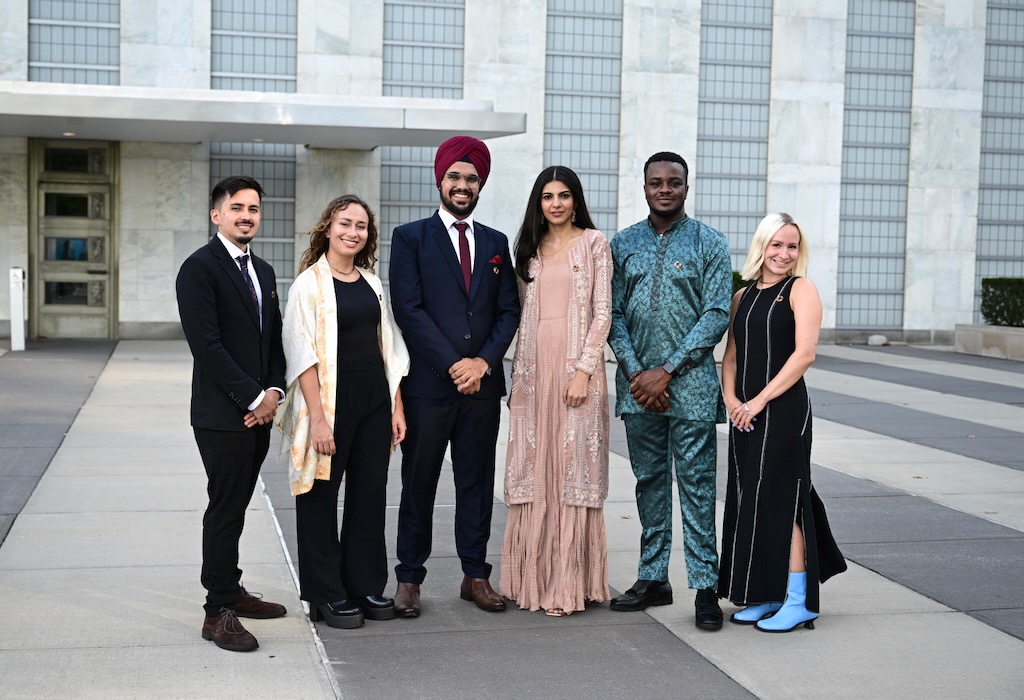Gender has become a topic of focus within the watch industry over the past several years. A key element of that conversation has been about product and whether watches should be gendered at all. While many brands opted to make their collections gender neutral, others maintained men’s and women’s collections, emphasizing their approach to the unique needs and preferences of their male and female clientele.
Female collectors and, more broadly, women’s representation in the watch industry, have also been receiving more attention. Women have long been a crucial part of the industry, but their visibility and rise to leadership positions are relatively new to the centuries-old art form. This, in part, aligns with the evolution of both women’s rights and cultural recognition of gender equity.

However, it’s worth looking at some specific factors throughout horological history that led to female collectors and members of the industry receiving the prioritization they’ve long deserved. We spoke to a number of current industry leaders to shed light on these milestones and share insights on how women can keep the momentum propelling forward.
A Brief Look Back
When speaking to female leaders in the watch industry about what’s shaped the role of gender, one sentiment rang true: it’s vital to understand the important role women have played over the last two centuries—a part of horological history that’s seldom told.
“Lately, there’s been more attention placed on the role of women in the watch industry, but women have always played a huge part,” observes Clemence Dubois, Chief Marketing and Product Officer of Girard-Perregaux and one of the youngest female executives in the business. “If you consider the history of watchmaking, it’s pretty interesting to look at the different products and women’s involvement in them. Perhaps the wristwatch wouldn’t have come about if it wasn’t for a woman.”

Today, we think of wristwatches as commonplace, but they weren’t widely popularized until after WWI. Prior to that, the pocket watch reigned supreme.
“A lot of people don’t realize that wristwatches initially came about because of women,” explains Fiona Kruger, Founder and Creative Director of Fiona Kruger. “Men traditionally wore pocket watches, and it was in the creation of a complicated timepiece commissioned by Caroline Murat, Queen of Naples, that Abraham-Louis Breguet designed the first wristwatch.”
While this piece of horological history seems significant, it’s often overlooked as wristwatches have been touted as the accessory for men over the past 100 years. Furthermore, despite early examples of complicated watches made expressly for women, the modern approach to women’s watches has been overly simplified. Watchmakers have operated under the belief that many women aren’t interested in mechanical timepieces therefore favoring quartz movements in their ladies’ lines.
“For a long time, there was this assumption that women don’t get mechanics, so they don’t care what powers their watch,” continues Kruger. “I think women and men simply see mechanics differently, and this is the kind of perspective women bring to the table in the industry.”
Women’s role within the watch industry has also come a long way. As the art form became more industrialized, women were able to get involved.
“Historically, women worked in the more artisanal aspects of watchmaking” shares Christelle Rosnoblet, CEO and Owner of Speake Marin, whose acquisition of the company in 2012 has largely contributed to the brand’s success. “Today, we see female watchmakers, designers, and executives,” she continues. “This shift is driven by a growing recognition of the value diversity brings to the industry. Women offer a unique lens to watchmaking, inspiring creativity and driving groundbreaking designs.”
Fresh Perspectives Shake Up Dated Tradition
Today, there’s greater emphasis on visibility, engagement, and diversity, not just in terms of gender but also age and race.
“The advancement of women in watches hinges on representation and visibility,” says Jess Chow, the Founder & CEO of Vieren and the first female watchmaker in Canada. “While the industry has historically been male-dominated, embracing fresh ideas and diverse voices is essential for progress. We must weave women’s contributions into the narrative of watchmaking, celebrating their roles in design, innovation, and leadership.”

Within the horological sphere, there have been a few key moments where fresh perspectives were critical to the health of the industry. For example, consider the Quartz Crisis of the 1970s. This was the first major moment when traditional watchmaking was jeopardized by the introduction of battery-powered calibers that could rival mechanical ones. Several decades later came the advent of the smartwatch, which posed a similar threat, raising concerns about how these mechanical objects could stay relevant in a tech-focused world. Most recently, the global pandemic brought about major shifts in the growth of the secondary market as production in the primary market screeched to a halt for more than a year. This presented another occasion for many brands to take a step back and reevaluate their approach to watchmaking.
“Diversity is fundamentally one of the most important things to think about when building a successful business—diversity simply offers richness,” says Carole Kasapi Forestier, the Movement Director of TAG Heuer and an industry veteran who’s contributed to the development of some of the most significant movements in watchmaking, from Ulysse Nardin’s revolutionary Freak to Cartier’s first in-house calibers.
To navigate these major moments, the watch industry has needed new voices and ideas to push the needle forward: enter the female collector and the female executive.
The Power of Female Collectors and Leadership
The rise of the female collector and the female executive are deeply intertwined. In order for the female collector to feel like she belongs in the space, she needs to see herself in the industry—to feel represented.
“It’s an exciting time in the watch industry with more females leading high-level positions in a culture that’s been predominantly male-led. For the young women just starting their careers, they’re able to see themselves in similar roles and aspire to make bigger achievements in the watch space,” offers Natacha Lamour-Nahim, the President of Hublot North America and one of the only BIPOC leaders in the industry. “Having women in leadership positions also makes for better watches for the female collector,” Lamour-Nahim continues. “Female leaders have the opportunity to shape what women’s watches can look like from a woman’s point of view to a growing audience of female collectors.”
The best way to create products for women is by including women in every step of the design, branding, and marketing processes. Women’s watches were long typecast in a supporting role. When looking back at many ladies’ models, there’s a trend of small case sizes, pastel-colored dials, and diamond accents. Hence the trope “shrink it and pink it” that was long associated with the approach to designing women’s watches.
“You cannot assume that just because a watch is a smaller size, it’s right for a woman,” states Dubois. “Looking back through the history of watchmaking, sizing has been more about trends. For instance, several decades ago, 35mm was a common size for watches. Then came the trend of very bulky watches with sharp angles and big cases. Now, we’re seeing demand for smaller sizes or so-called vintage proportions as well as more attention placed on the ergonomics and comfort of the timepiece, perhaps because more women are getting interested in collecting.”
Today, there’s also new consideration for branding and marketing that engages female collectors—from tapping more female ambassadors to featuring more women in watch ads and campaigns. In addition, there’s greater consideration for storytelling that resonates with female collectors. Historically, marketing to women has often presented an image of a man gifting a watch to a woman instead of her buying one for herself, but that’s evolving.
“There are many storytelling opportunities to dive deeper into the essence and spirit of a watch rather than spec sheet elements regarding the design aesthetics and technical mechanics,” observes Lamour-Nahim. “Women resonate with passionate and relatable lifestyle connections. Timepieces are deeply personal items that tend to be an emotional or celebratory life moment purchase, and those are the stories we want to illuminate.”
Advice for Collectors and Aspiring Leaders
For women aiming to grow as watch collectors or advance their careers in the industry, here’s some advice from six of the top female leaders in the space.
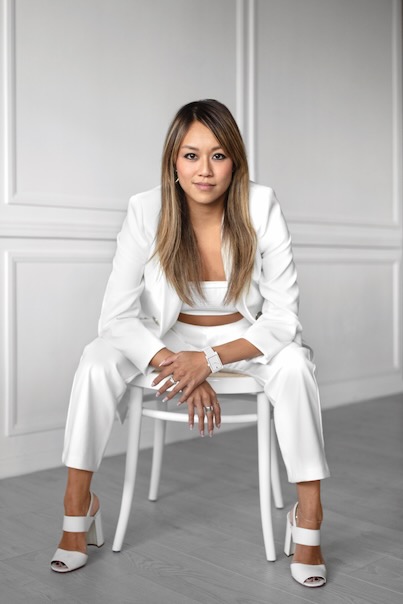
Jessica Chow
Founder & CEO of Vieren
“The journey in this industry can be challenging and often feels like an uphill battle. For women—whether as collectors, designers, or leaders—the path can feel isolating. My advice is to embrace your individuality and trust that there’s a vital place for you in this industry. Be fearless, seek support, and remember that you’re contributing to a diverse future in watchmaking. By acknowledging and addressing the barriers women face, we can foster a more supportive and inclusive environment for everyone involved.”
Natacha Lamour-Nahim
President of Hublot North America
“The main piece of advice I’d share is to always remain open and steadfastly curious. For women looking to break into the watch industry as a career, never be afraid to be inquisitive and challenge the status quo but at the same time, always be open to feedback and learning something new—this will keep you well-rounded. For collectors, be open to the watches you deem right for you. Consider all the different shapes, sizes, styles, and of course, don’t be restricted by gender if the watches are gendered. Don’t be afraid to try on any watch—you might be surprised at what you come to love. There’s so much variety in the market right now.”
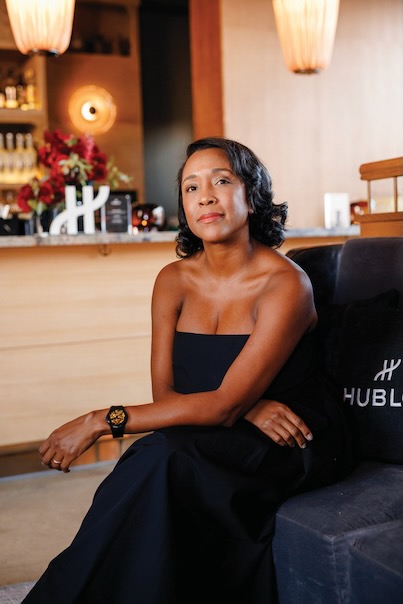
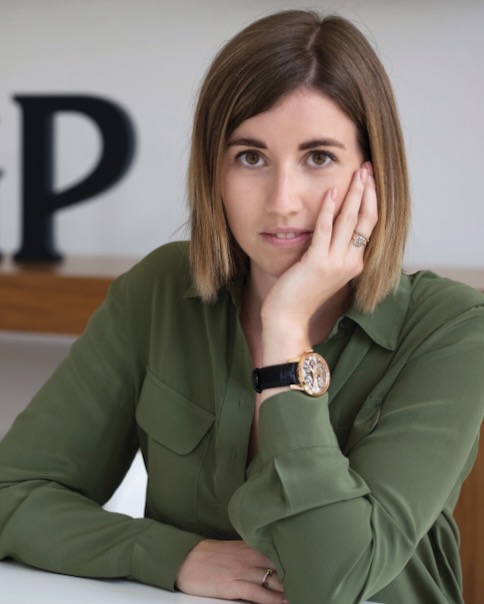
Clemence Dubois
Chief Marketing & Product Officer of Girard-Perregaux
“People like labels because it helps them to put definition around things, and at times, the industry has gotten very caught up in labeling from the gendering of watches to age groups and what they want—an older generation versus Millennials and Gen Z. If you strip away the labels, what we’re really coming down to is individuality, and that shows up in the preferences of collectors all the way to the top with those of us holding leadership roles. It’s this individuality that makes up the richness of this industry, from the products to the people, so I’d encourage anyone who wants to be involved—collectors or aspiring leaders—to passionately be yourself. We need your perspective and your contribution.”
Carole Kasapi Forestier
Movement Director of TAG Heuer
“For women looking to break into the watch industry as a career or as a collector, my advice would be to live and embrace your passion to the fullest. Passion allows us to surpass ourselves, push the boundaries of our knowledge, and move forward. Whether within the collector communities or the industry itself, we always need to be evolving, and I believe passion is the vehicle to do so.”
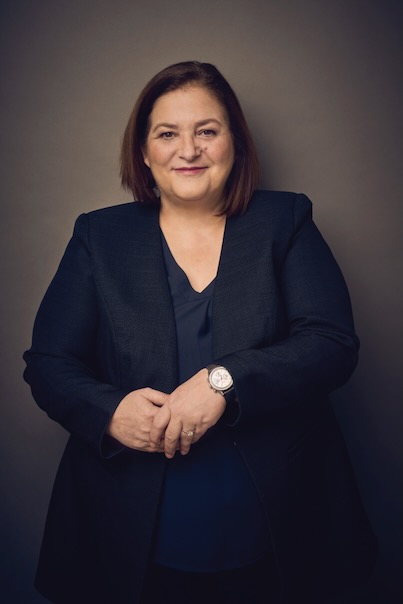
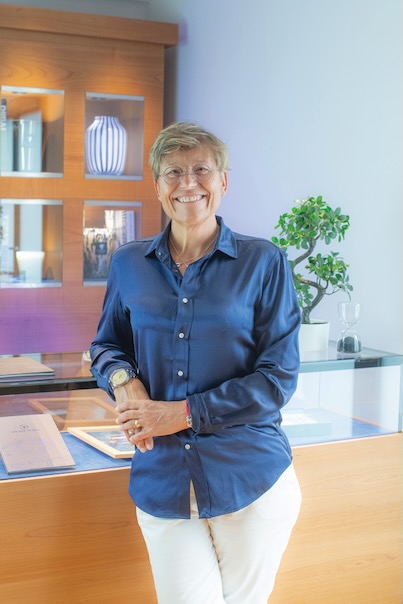
Christelle Rosnoblet
CEO & Owner of Speake-Marin
“The most valuable advice I can give to female collectors or aspiring leaders is to be authentic. Your unique perspective and creativity are your greatest assets. Don’t let anyone tell you to be anything other than yourself, whether it’s in the watch you choose or the watch you design. Your viewpoint as a woman can be a real game-changer in this field. Building strong relationships within the industry is also super important. Go to industry events or join professional groups. And don’t be shy about asking questions—cliche as it is, knowledge is power!”
Fiona Kruger
Founder & Creative Director of Fiona Kruger
“From a creation point of view, it’s not easy—it’s a complex industry with a high barrier to entry, but there’s space for great ideas. From a collecting point of view, I’d encourage women to ask for what they want and make that known. There are still a lot of stereotypical assumptions about female clients—even today, we can get painted with the same brush in terms of our tastes and what we’re looking for, but that’s just not the case, and it’s a massive missed opportunity for the sector.”
